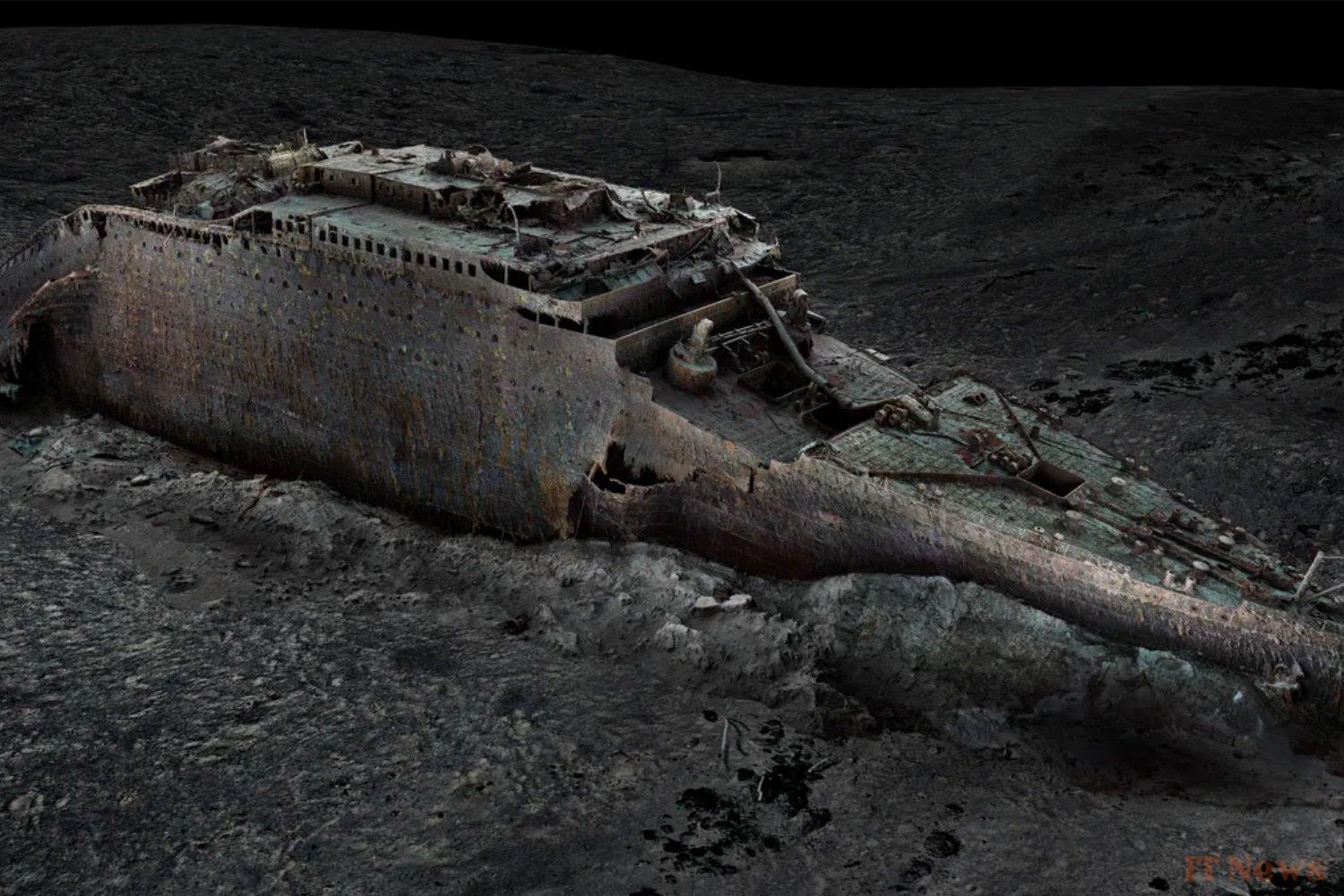We thought we had seen, read, and filmed everything about the Titanic. And yet, what the Magellan and Atlantic Productions teams achieved goes far beyond the classic images of the rusty wreck. In 2022, for three weeks, two robots (nicknamed Romeo and Juliet) crisscrossed the sinking site at a depth of more than 3,800 meters to capture the liner from every angle. The result: a digital twin at a 1:1 scale, faithful down to the smallest bolt.
A scanned liner to the millimeter
This 3D model allows a complete tour of the ship, projected in life-size in a hangar. Historians and engineers can thus "walk" around the wreck, zoom in on a valve, scrutinize a propeller, observe the cabins. In short, explore without the constraints of the deep sea or the windows of a submersible.
Thanks to this modeling, we rediscover details that confirm or challenge known stories. A striking example: a steam valve found open, proof that the Titanic's engineers remained at their posts to maintain electricity, and therefore calls for help, until the end. A heroic gesture that would have saved hundreds of passengers.
Another revelation: the ship's hull didn't simply "break in two," but was literally torn off, tearing the luxury cabins in the process. We better understand the violence of the end. And that's not all: the modeling also allows us to revisit the role of Officer William Murdoch, often wrongly accused of having fled. The images suggest that he was preparing a lifeboat when the sea swallowed everything up.
The documentary also looks at the objects scattered around the site: watches, shoes, coins, combs... Fragments of life that researchers are trying to connect to their owners. Some artifacts, such as a shark tooth pendant, tell personal stories that flesh out the tragedy. For historians, it's a way to give a name and a story to those who sank.
This digital twin could prevent the wreck from being further damaged by human visits. No need to spend a fortune to go down and see the Titanic with your own eyes: this 3D version offers an accessible and non-invasive alternative. And while it doesn't replace the thrill of an expedition, it finally allows you to document one of the world's most iconic sites without risking further damage. The documentary can be viewed on Disney+.



0 Comments